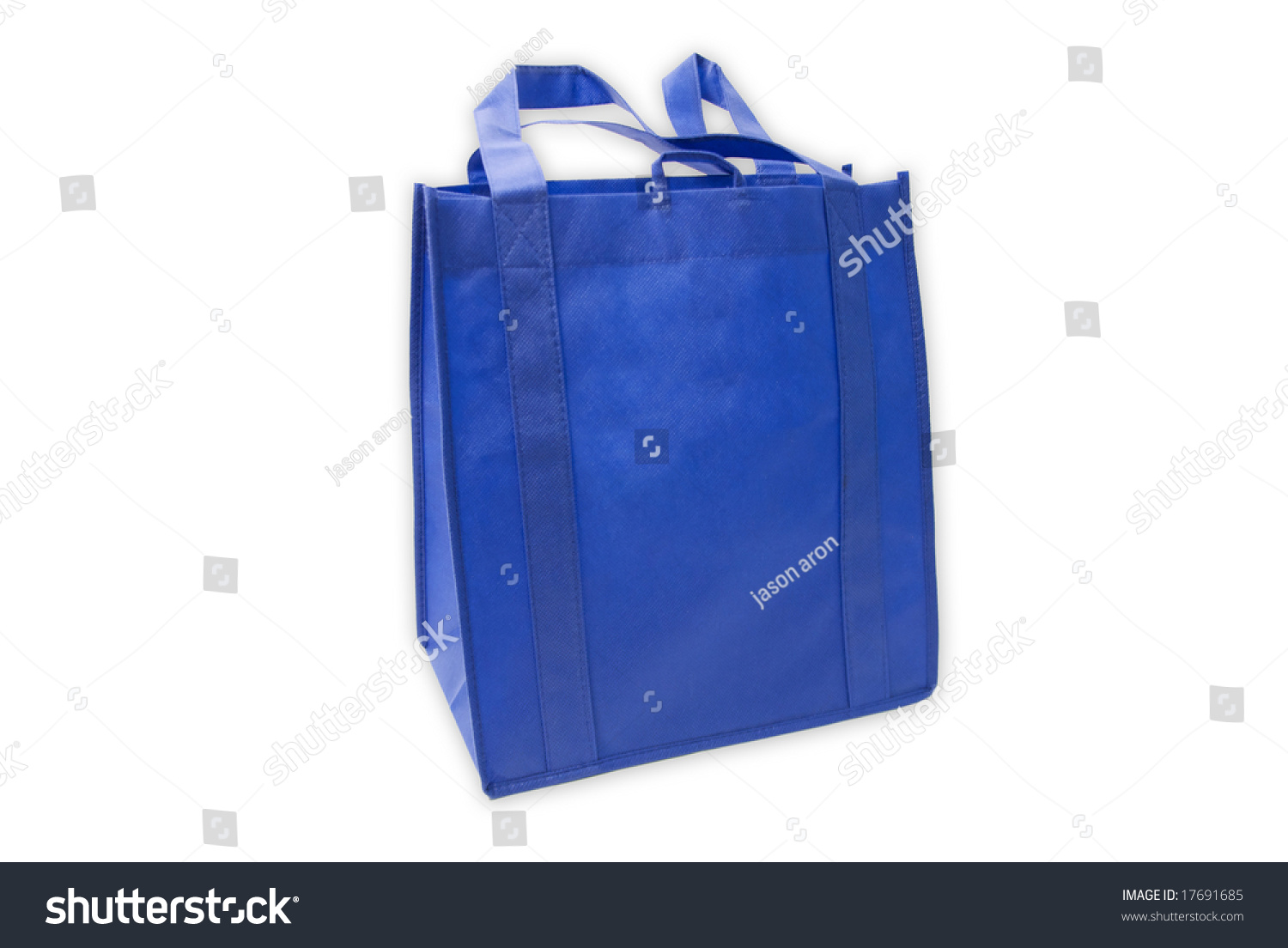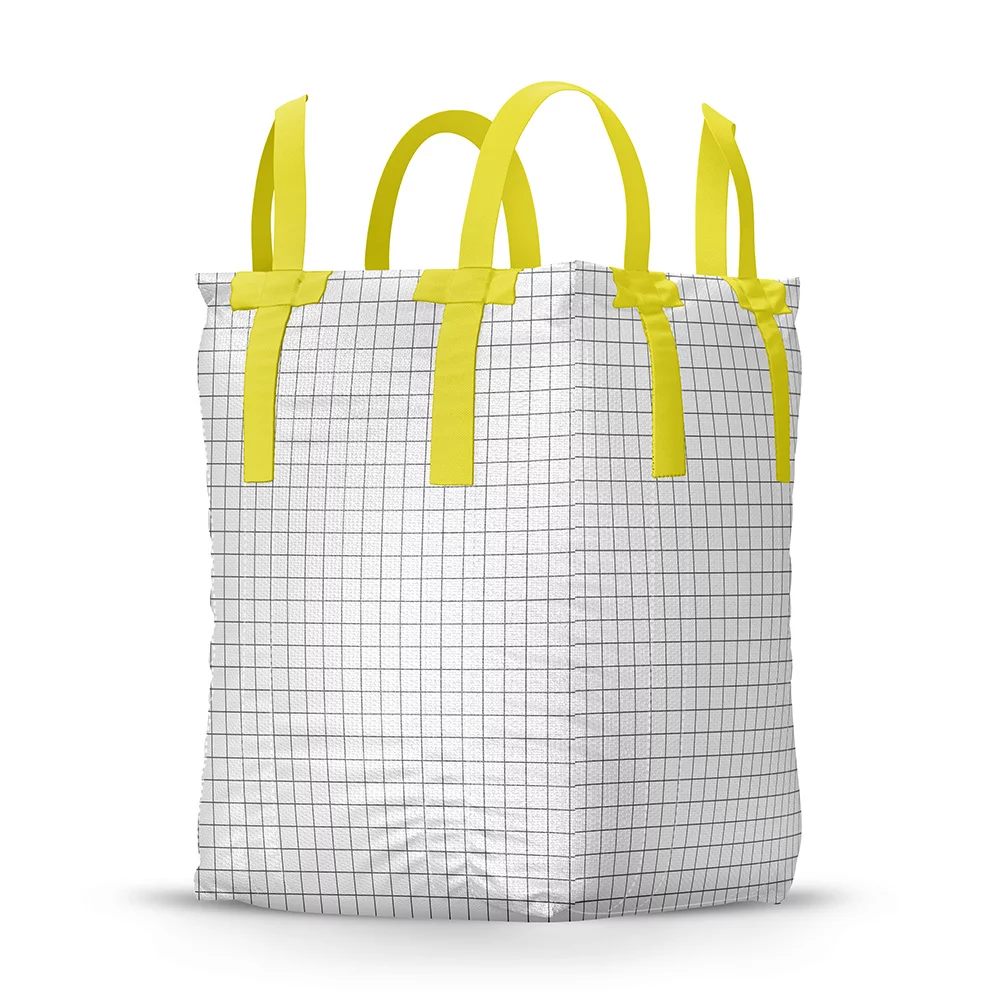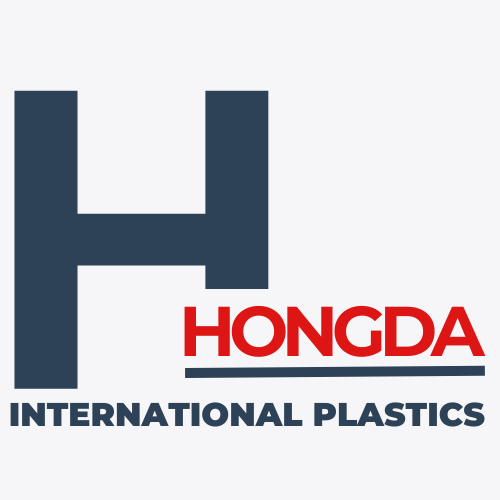Our products
Packing Bags
A woven bag is a type of plastic bag used to package items, with polyethylene and polypropylene being the most common raw materials. The density of these bags is usually 36 x 36/10 cm², 40 x 40/10 cm², and 48 x 48/10 cm². Weaving density refers to the number of warp and weft yarns in a 100mm×100mm braided fabric. The national standard GB/T 8946-1998 stipulates that two 100mm x 100mm squares must be chosen from the pouch’s upper and lower corners and the distance between the outer edge of the square and the edge of the bag must be 100mm. The average of the number of warps and wefts in the square is taken and, if the endpoint is less than one yarn, it is counted as one. The national standard specifies the weaving density as well as density tolerance. The weaving density depends on the packaging product and is determined by the user.

Woven bags can be divided into four different types based on their sewing method; bottom seam bags, seam bottom bags, slot pockets, and adhesive sewing bags. The effective width of the bags is usually 450, 500, 550, 600, 650, and 700mm. If both the manufacturer and buyer agree, other specifications can also be produced.

Tonne Bulk bags are made with woven polypropylene fabric and are often referred to as bulk tonne bags, FIBCs, dumpy bags, or 1-ton bags. These bags are ideal for the bulk packaging of sand, gravel, logs, garden waste, topsoil, hardcore, waste products, and other dry goods. They feature four built-in lifting loops for easy handling with a forklift or crane, making them an ideal transportation container in the food, grain, medicine, chemical, and mineral industries. Bulk bags are a reliable, cost-effective solution for packaging, transporting, and storing a wide variety of products.
1. Being structurally strong, FIBCs can be filled and unloaded via mechanical means. This allows operators to easily move goods with cranes or forklifts, greatly increasing their work efficiency.
2. FIBCs are made of raw materials that provide excellent barrier and airtightness, keeping moisture, debris, and dust from getting inside and protecting the contents. Furthermore, these bags are light, soft, yet firm, resistant to acid and alkali corrosion, moisture-proof, and non-leakage, making them ideal for packaging powder, flake, and granular solid products for transportation and storage.
3. FIBCs generally do not need pallets, unlike other packaging materials, making them an economical choice. This eliminates the need for repackaging, significantly reducing packaging costs.
4. One of the greatest advantages of FIBCs is their foldability, enabling them to be transported and stored in minimal space. Additionally, the FIBC bag for a 1-ton cargo only weighs between 3.5-4.5 kg, making them a more convenient and cost-effective choice.
5. Another great benefit of FIBCs is their flexibility, allowing them to be customized to meet the needs of any particular operation. This includes customizing the size, style of the lifting loops, base fabric, coating film, and inner bags. Additionally, the bags can be designed according to the unique characteristics of the product.

Mesh bags are primarily made from polyethylene, which is extruded, stretched into a flat wire, and then woven. Mesh bags can be used for packaging fruits, vegetables, and other items, but they are not suitable for packing hard or sharp objects. Depending on the weaving method, mesh bags can be divided into flat-woven and warp-knitted varieties. Flat-woven mesh bags are generally lighter and more breathable, making them great for short-term storage, while warp-knitted bags are more rigid and tear-resistant, making them more suitable for long-term storage.

Category
The classification of mesh bags is based on their weaving methods, which fall into two main categories: flat-woven mesh bags and warp-knitted mesh bags.
-
- Flat woven mesh bags can be classified based on their warp and weft density into three categories: large, medium, and small mesh.
- Warp-knitted mesh bags can be classified into two categories, large and small mesh, based on their warp and weft density.
Detail
- Specifications: The specifications of the mesh bag are represented by the actual dimension L*B
- Color: There should be no apparent difference between the same batch of products.
- Stain: No obvious contamination is allowed.
- Edges: No apparent irregularities.
- String pockets: Should be neat, with no noticeable misalignment of intervals.
- Broken weft and broken warp: Each mesh bag is allowed to have two non-adjacent threads, but they must be firmly secured.
- Needle: Not allowed.
- Stitching method: For flat-woven mesh bags, the bag edge and bottom are generally sewn using either the plain stitch method or the chain lock stitch method. The selvage edge is folded twice, with a fold width of not less than 1.3cm. For the plain stitch method, the two rows of stitches are basically parallel to each other and are located 1/3 of the width of the fold from the inner and outer edges of the fold. There should be no missing stitches, floating threads, or uncaught return stitches at the wide end of the fold. For the chain lock stitch method, only one row of stitches is used, which is located in the middle of the fold, with no missing stitches or floating threads. The selvage and bottom of the warp-knitted mesh bags are woven at the same time as the bag itself, and the edge is cut using a hot-melt cutter with no loose edges. The bag bottom can be single or double-knitted, and the bag edge width is 2.3±1cm.
- Inspection method: The fold (bag) edge width is visually inspected under natural light and measured using a steel ruler accurate to 0.1cm.
Breaking strength
- Test conditions: The testing machine is in compliance with the provisions of GB/T1040 and is adjusted for at least 4 hours at 23±2℃.
- Test procedure: The sample is clamped in the grip of the tensile testing machine (the sample of the warp-knitted mesh bag should be folded to a width of 50mm), with a grip distance of 200mm. The testing machine is operated at an empty speed of 200mm/min. The maximum load of the sample during the stretching process is recorded, and the test result is the arithmetic average of 5 samples.
